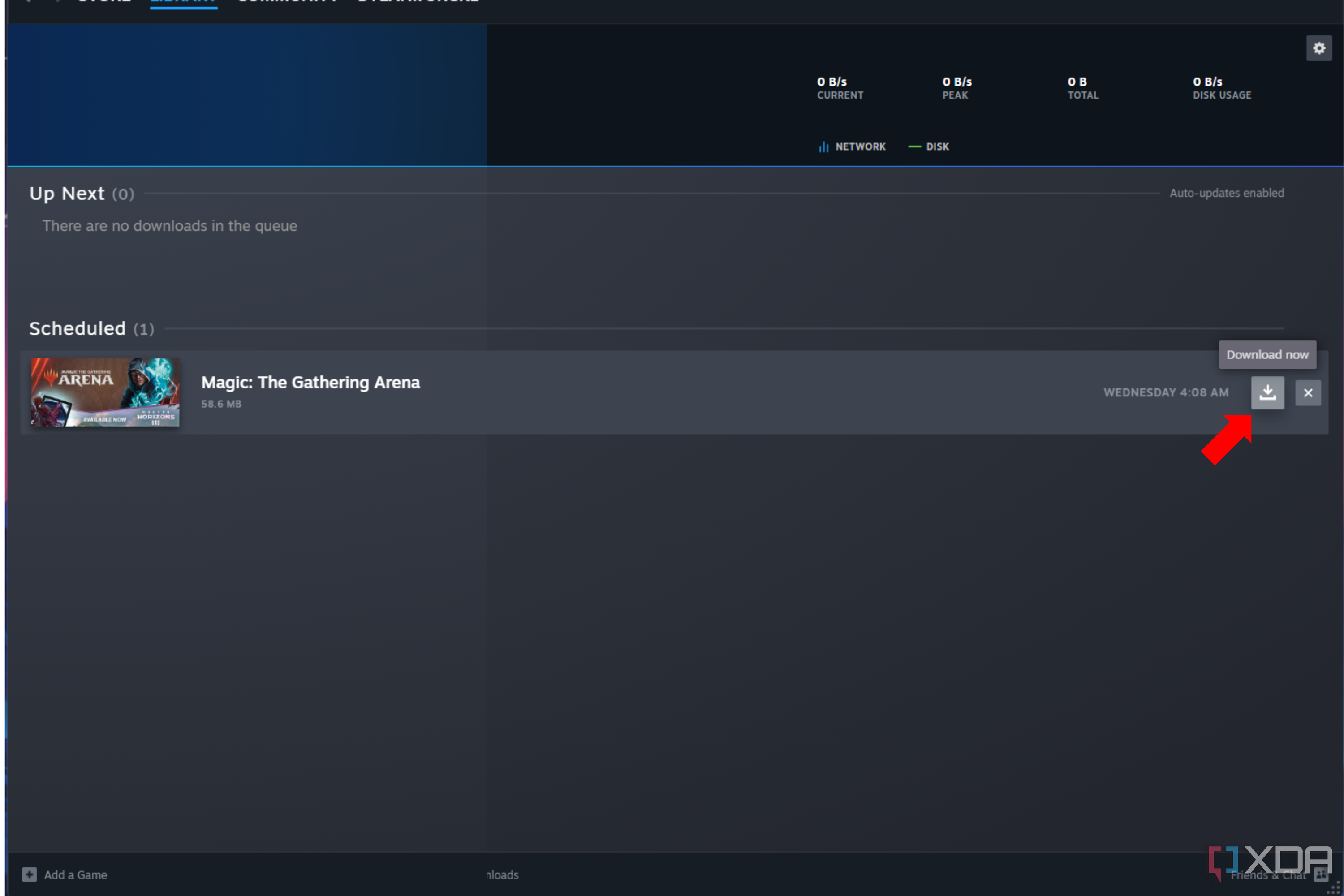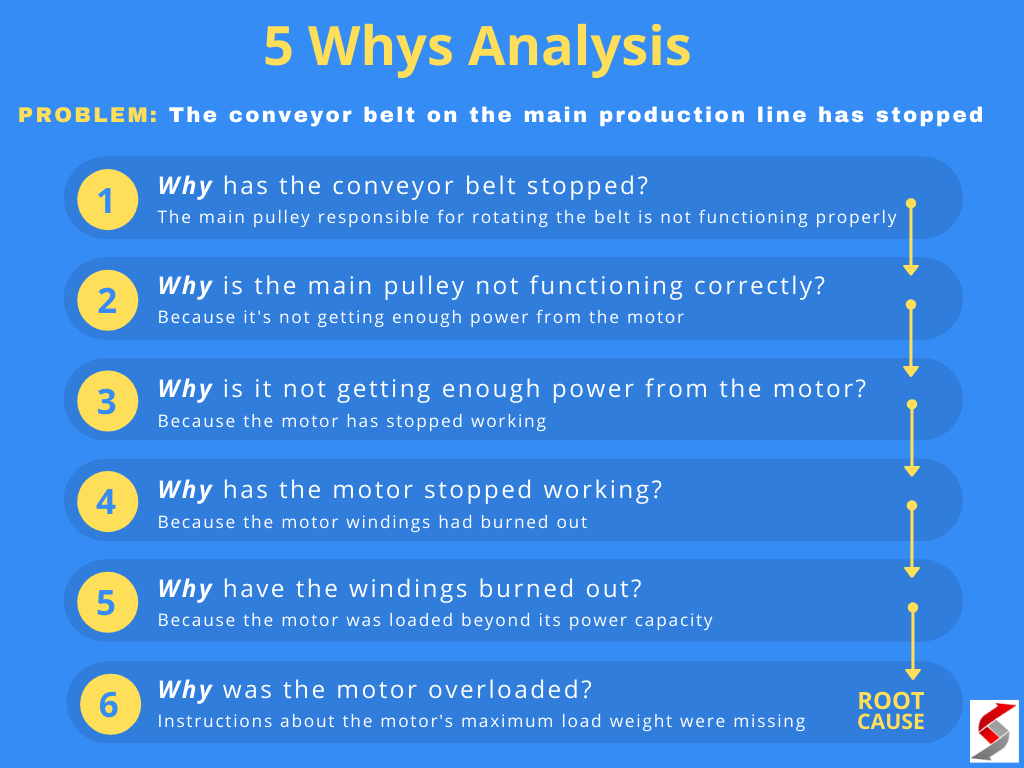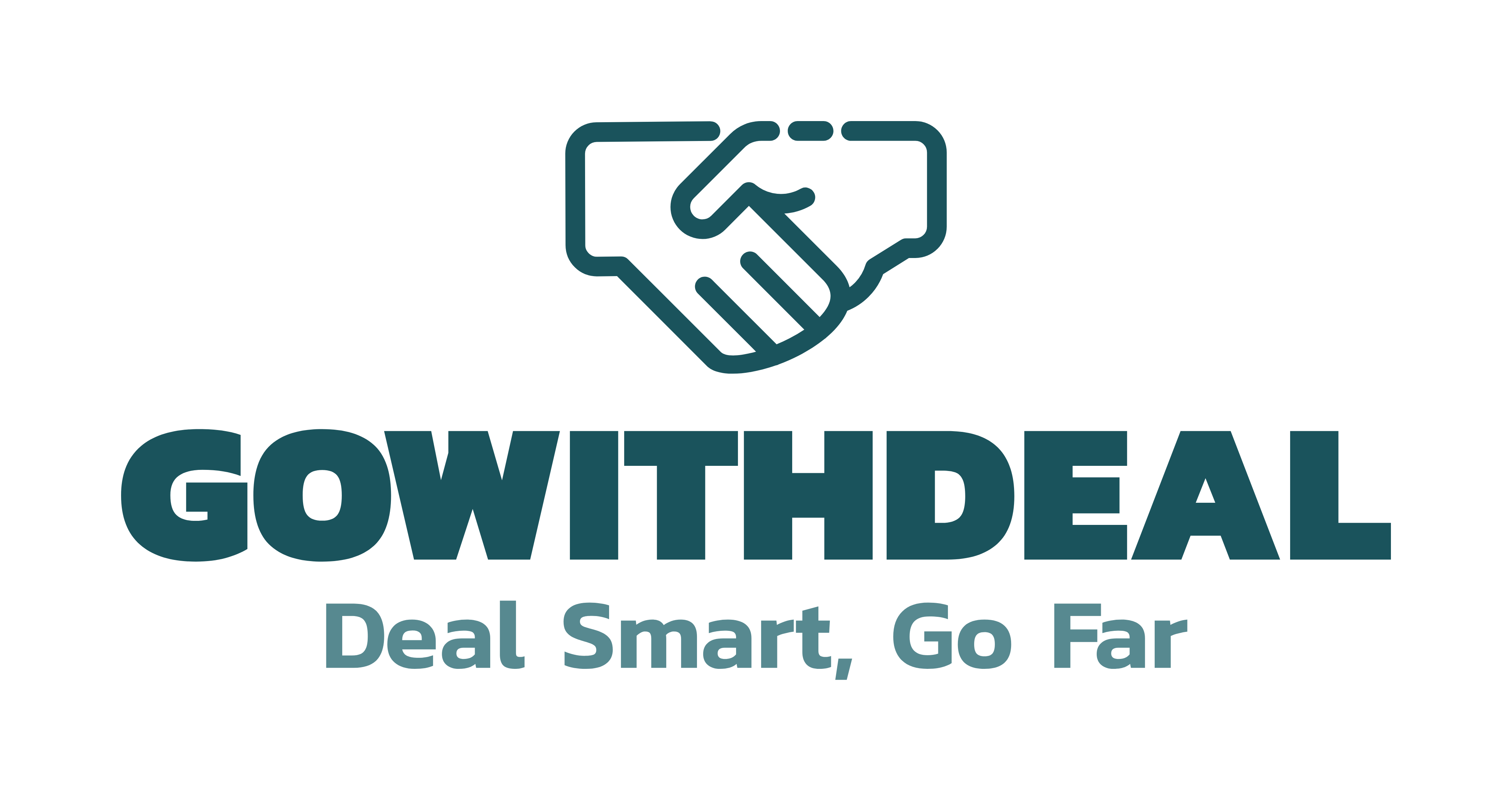Step-by-Step Guide: Becoming a Recognized Continuing Education Provider
Introduction
Continuing education (CE) providers play a pivotal role in helping professionals maintain licensure, expand expertise, and meet regulatory standards across industries like healthcare, law, accounting, and education. Becoming an approved CE provider requires understanding specific eligibility criteria, preparing comprehensive applications, and meeting ongoing compliance standards. This guide delivers a detailed, actionable overview of how to become a recognized continuing education provider, including step-by-step instructions, practical examples, potential challenges, and alternatives for various fields.
Understanding Continuing Education Provider Accreditation
Accreditation as a CE provider is the process whereby an organization or individual is formally recognized by an authoritative body as meeting established standards for delivering quality continuing education. This recognition ensures that courses offered are credible, unbiased, and valuable for professional development. The path to accreditation varies by industry and state, but a few universal steps and principles apply across most sectors.

Source: englishforkidz.com
Step 1: Determine the Relevant Accrediting Body
The first and most crucial step is to identify the appropriate accrediting organization for your target audience or profession. For example, the Internal Revenue Service (IRS) accredits providers for tax professionals, the California Board of Registered Nursing (BRN) does so for nurses, and the Commission for Continuing Education Provider Recognition (CCEPR) recognizes dental education providers. Each body sets its own standards and application procedures.
For example, organizations wishing to offer continuing education for registered nurses in California must apply through the BRN, while those targeting dental professionals may apply to ADA CERP. Legal, medical, and behavioral health professions each have their own accrediting agencies and requirements. [5]
Step 2: Review and Meet Eligibility Criteria
Eligibility requirements differ by accrediting body but generally include the following:
- Being an established organization, institution, or individual with the capacity to deliver and manage educational programming
- Demonstrating experience in organizing and administering educational activities
- Having qualified instructors with relevant credentials and experience
- Ensuring content is evidence-based and free from bias or commercial influence
- Commitment to maintaining records of attendance, course materials, and certificates for a specified period (often 3 years or more)
For instance, the IRS requires a provider to be either an accredited educational institution, recognized by a state licensing body, or approved by a qualifying organization. The California BRN allows individuals, partnerships, corporations, or organizations to apply, provided they meet instructor and course content standards. [1] [2]
Step 3: Prepare Your Application Package
Once you confirm eligibility, gather and prepare all required documentation. While documentation specifics vary, most accrediting bodies require:
- Completed application forms
- Detailed course outlines, including learning objectives and instructional methods
- Instructor biographies and credentials
- Sample promotional materials or course flyers
- Sample certificate of completion
- Application fees (typically non-refundable)
For example, the California BRN mandates submission of application forms, instructor qualification details, course content descriptions, and a sample certificate of completion. The IRS requires Form 8498, supporting documents, and may request samples of course materials. [2] [1]
Step 4: Submit the Application and Pay Fees
Applications are typically submitted electronically or by mail. The IRS, for example, recommends electronic submission for faster processing, while the BRN accepts mailed forms with payment by check or money order. Application fees vary widely by accrediting body and are generally non-refundable, regardless of final approval. For instance, the BRN application fee is required at the time of submission and is not returned if the application is unsuccessful. [2]
Be sure to follow all instructions closely to avoid delays. Retain copies of all submitted documents for your records.
Step 5: Application Review and Approval Process
After submission, applications undergo a thorough review. This process may take several weeks to several months. For example, initial ADA CERP recognition can require up to 12 months for completion due to the detailed evaluation of educational quality and compliance. [3]
The review focuses on:
- The provider’s ability to deliver high-quality, unbiased, and effective education
- Adherence to industry standards and regulations
- Instructor qualifications and experience
- Quality and relevance of course content
Providers may be contacted for clarification or additional materials. Upon approval, you receive a provider number or similar credential, authorizing you to offer accredited CE activities.
Step 6: Delivering Accredited Continuing Education Programs
After approval, you can begin marketing and delivering accredited courses. Providers are responsible for:
- Maintaining accurate records of attendance and course completion
- Issuing certificates with required identifying information
- Ensuring all educational content remains up-to-date, evidence-based, and free of bias
- Adhering to all reporting requirements and undergoing periodic re-approval or audits
For example, the QABA Board requires providers to keep participant records for at least three years and to delegate a responsible party for managing provider profiles and compliance. [4]
Potential Challenges and Solutions
Prospective CE providers often encounter challenges such as:
- Complex application requirements: Carefully review all guidelines and seek clarification from accrediting bodies if needed. Many organizations offer manuals or handbooks to help applicants.
- Resource allocation: Assign dedicated staff or consultants to manage the application and ongoing compliance, as the process can be time-consuming.
- Maintaining compliance: Establish internal systems for recordkeeping, course evaluation, and continuous improvement to ensure ongoing eligibility and avoid penalties.
Alternative Pathways and Additional Considerations
If direct accreditation appears too complex or resource-intensive, consider partnering with an already-approved provider to offer courses under their sponsorship. This approach allows you to gain experience and credibility before seeking independent approval. Additionally, some accrediting agencies allow for provisional status or pilot programs for new providers.
Requirements and processes may evolve. Always check current guidelines on the official website of your target accrediting agency. If unsure where to apply, search for your profession’s licensing board or leading professional association. For example, to serve nurses, visit your state board of nursing’s official site; for accountants, consult the National Association of State Boards of Accountancy.
Summary and Key Takeaways
Becoming a recognized continuing education provider is a multifaceted process involving eligibility verification, comprehensive documentation, careful application, and ongoing compliance. The process varies by profession and jurisdiction, but with careful planning and adherence to guidelines, organizations and individuals can successfully achieve provider status. If you are ready to proceed, visit the official website of your relevant accrediting agency or contact their support team for up-to-date instructions and application materials.

Source: read.cholonautas.edu.pe
References
- [1] IRS (2024). Continuing Education Provider Application and Instructions.
- [2] California Board of Registered Nursing (2024). Apply for CEP Number.
- [3] Commission for Continuing Education Provider Recognition (2024). Become a Recognized Provider.
- [4] QABA Board (2024). Become an Approved Continuing Education Provider.
- [5] BeaconLive (2025). How to Get Accredited: Official Guide.
MORE FROM gowithdeal.com













